Sports injuries are common and can often lead to chronic pain, affecting athletes and fitness enthusiasts alike. Understanding the nature of these injuries and exploring natural and biohacking strategies for managing pain can significantly improve quality of life. Let’s discuss the top five sports injuries frequently resulting in chronic pain and delve into effective naturopathic and biohacking treatments.
- Knee Injuries (ACL Tears and Meniscus Tears)
Knee injuries, such as anterior cruciate ligament and meniscus tears, are prevalent among athletes in high-impact sports like soccer, basketball, and skiing. These injuries can lead to long-term pain and mobility issues.
Coping Strategies and Treatments:
- Physical Therapy: Regular sessions with a physical therapist help to strengthen the muscles around the knee, improve flexibility, and restore function.
- Acupuncture: This ancient Chinese practice can reduce inflammation and pain by stimulating specific points on the body.
- Cryotherapy: Use extreme cold to reduce inflammation and pain. Whole-body cryotherapy sessions can accelerate recovery and provide pain relief.
- Turmeric Supplements: Known for its anti-inflammatory properties, turmeric can be taken as a supplement to reduce pain and swelling.
- Joint Support Supplements: Glucosamine and chondroitin supplements support cartilage health and joint function.
- Shoulder Injuries (Rotator Cuff Tears)
Rotator cuff tears are common in sports requiring overhead movements, such as baseball, swimming, and tennis. These injuries can cause persistent pain and limit shoulder mobility.
Coping Strategies and Treatments:
- Physical Therapy: Utilizes exercises focused on strengthening the rotator cuff muscles and improving range of motion.
- Prolotherapy: This injection-based treatment stimulates the body’s healing processes to repair damaged tissue.
- Massage Therapy: Regular deep-tissue massages can alleviate muscle tension and improve blood flow to the injured area.
- Anti-Inflammatory Diet: Incorporating foods rich in omega-3 fatty acids, antioxidants, and phytonutrients to reduce inflammation.
- Red Light Therapy: Low-level laser therapy promotes tissue repair and reduces pain.
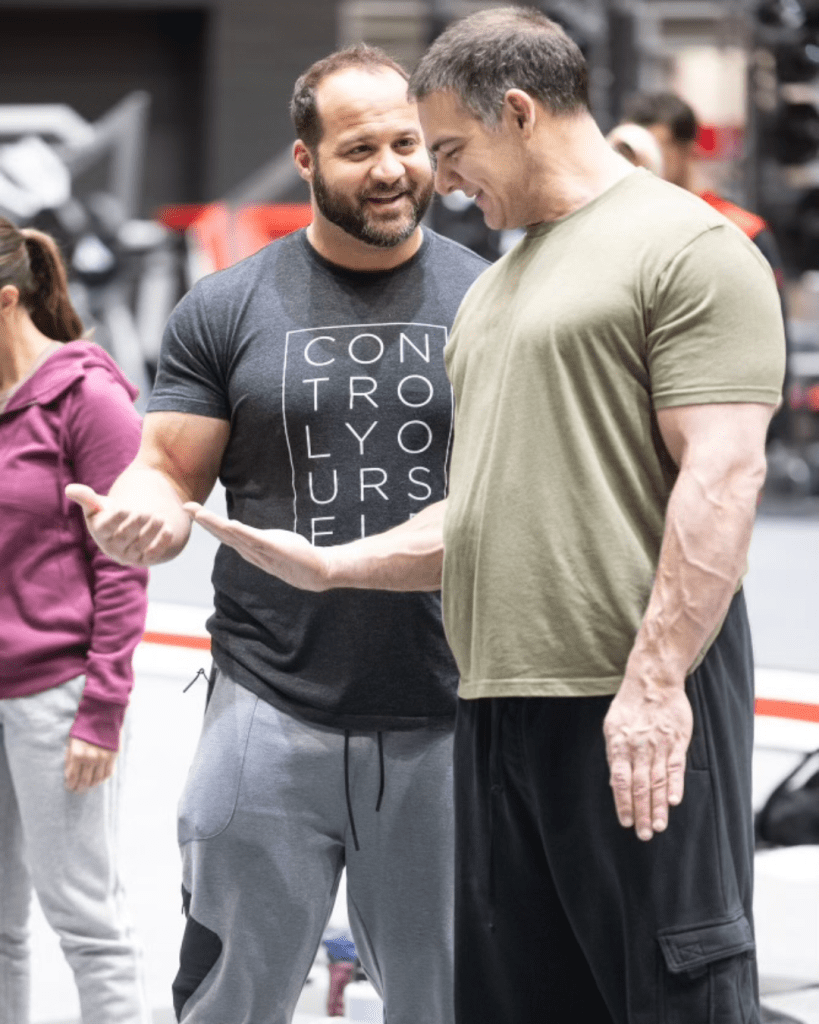
- Back Injuries (Herniated Discs)
Herniated discs are a significant source of chronic pain for athletes, especially those in weightlifting, gymnastics, and contact sports. This condition occurs when the soft inner gel of a spinal disc protrudes through a tear in its outer layer.
Coping Strategies and Treatments:
- Chiropractic Care: Spinal adjustments can relieve nerve pressure and reduce pain.
- Yoga and Pilates: These practices strengthen the core muscles, improve flexibility, and alleviate back pain.
- Heat Therapy: Applying heat pads can relax tight muscles and improve blood flow to the affected area.
- Curcumin Supplements: Curcumin is an active compound in turmeric, and it has potent anti-inflammatory effects that can reduce pain.
- Infrared Sauna: Infrared saunas can help alleviate back pain by penetrating deep into the muscles and tissues, promoting relaxation, reducing inflammation, and enhancing blood circulation.
- Mind-Body Techniques: Practices like meditation and mindfulness can help manage pain perception and reduce stress.
- Ankle Injuries (Sprains and Fractures)
Ankle sprains and fractures are common in sports involving running, jumping, and quick changes in direction. If not properly treated, these injuries can lead to chronic pain and instability.
Coping Strategies and Treatments:
- Rehabilitation Exercises: Focus on balance and strengthening exercises to support the ankle and prevent further injuries.
- Essential Oils: Applying essential oils like lavender or peppermint can relieve pain and reduce inflammation.
- Compression Therapy: Wearing compression socks or wraps reduces swelling and improves circulation.
- Bone Broth: Consuming bone broth, rich in collagen, can support joint and tissue health.
- Cold Laser Therapy: This therapy uses low-level lasers to stimulate cellular repair and reduce pain.
- Hip Injuries (Labral Tears)
Labral tears in the hip are common in sports requiring repetitive hip movements, such as hockey, soccer, and ballet. These injuries can cause chronic pain and affect hip stability.
Coping Strategies and Treatments:
- Hydrotherapy: Aquatic exercises can reduce the impact on the joints while providing resistance for strengthening muscles.
- Herbal Remedies: Anti-inflammatory herbs like ginger and boswellia can be taken as supplements to reduce pain.
- Foam Rolling: Regularly using a foam roller to massage the muscles around the hip helps improve flexibility.
- Nutritional Support: Ensure adequate vitamin D, calcium, and magnesium intake supports bone and joint health.
- Electrotherapy: Using devices that deliver electrical impulses to the injured area reduces pain and promotes healing.
Living with chronic pain from sports injuries can be challenging, but incorporating naturopathic and biohacking strategies can offer significant relief and improve overall well-being. Athletes can manage pain effectively and maintain an active lifestyle by combining these treatments with conventional medical care.
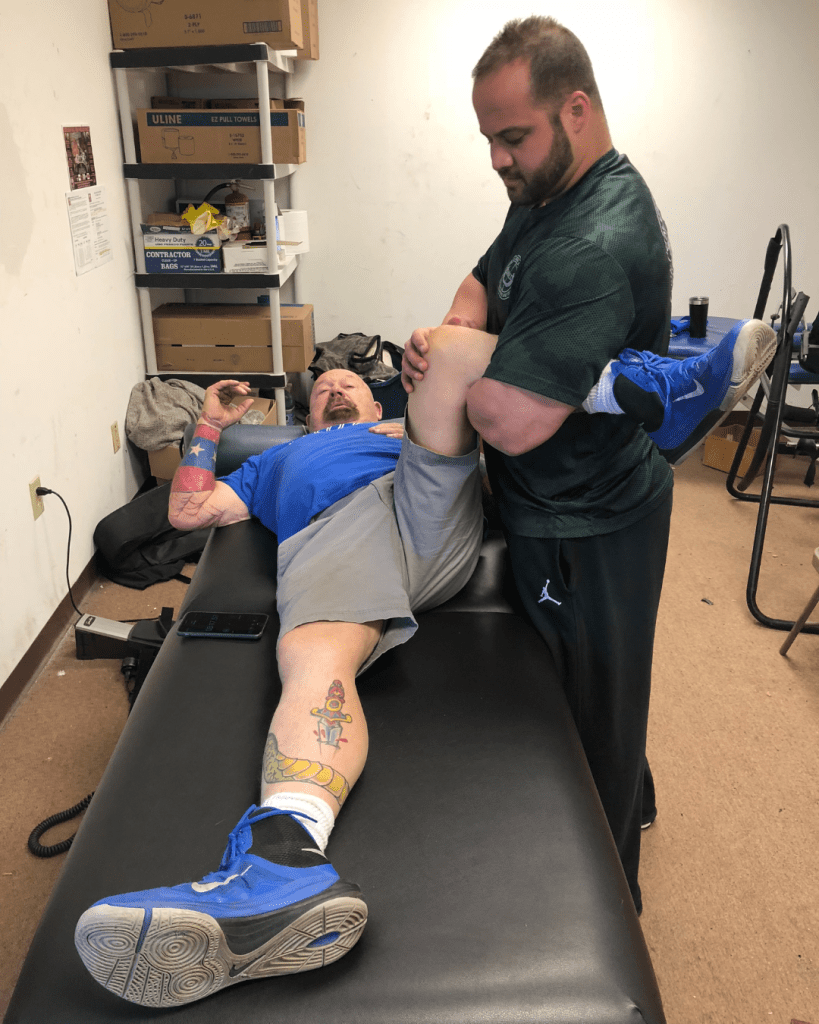
Revolutionize Your Recovery: The Power of Neuromuscular, Active Release, and Functional Range Conditioning® Therapies
In addition to traditional naturopathic treatments and biohacking strategies, advanced therapeutic modalities have shown great promise in managing chronic pain from sports injuries. These therapies focus on addressing the root causes of pain, enhancing mobility, and optimizing overall physical function. Let’s explore Neuromuscular Therapy, Active Release Therapy, and Functional Range Conditioning® with Dr. Andreo Spina, Dr. Michael Chivers, and John Quint.
Neuromuscular Therapy (NMT)
Neuromuscular Therapy (NMT) is a manual therapy that aims to treat the underlying causes of chronic pain by focusing on the musculoskeletal and nervous systems. It involves precise and targeted pressure on trigger points, muscles, and connective tissues.
Benefits:
- Pain Reduction: NMT can significantly reduce pain and discomfort by releasing muscle tension and improving blood flow.
- Improved Mobility: Enhances flexibility and range of motion by addressing muscle imbalances and adhesions.
- Injury Prevention: Regular sessions can help prevent future injuries by maintaining optimal muscle function and balance.
Applications for Sports Injuries:
- Knee Injuries: Relieves tension in the surrounding muscles and improves knee joint function.
- Shoulder Injuries: Targets specific muscles in the shoulder complex to alleviate pain and improve mobility.
- Back Injuries: Addresses tight muscles and trigger points in the back to reduce pain and enhance spinal health.
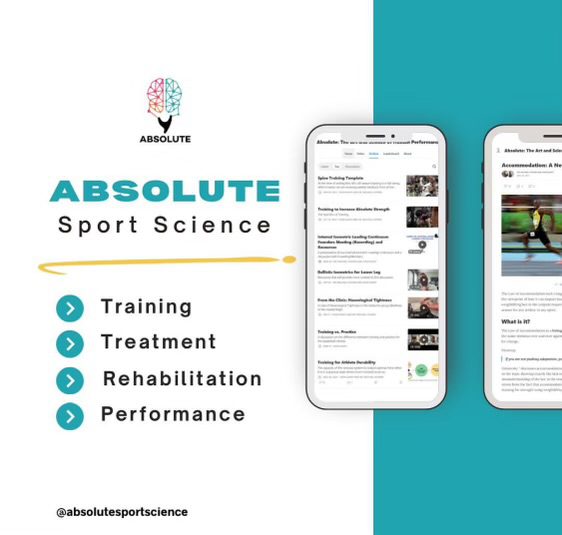
Active Release Therapy (ART)
Active Release Therapy (ART) is a specialized soft tissue treatment that manipulates the muscles, ligaments, tendons, and nerves to break up scar tissue and adhesions. ART is highly effective for treating sports injuries and chronic pain.
Benefits:
- Scar Tissue Breakdown: Reduces the buildup of scar tissue that can restrict movement and cause pain.
- Enhanced Flexibility: Restores normal muscle and joint function, improving flexibility and range of motion.
- Faster Recovery: Accelerates healing by improving circulation and reducing inflammation.
Applications for Sports Injuries:
- Shoulder Injuries: Effective for treating rotator cuff tears by targeting and releasing adhesions in the shoulder muscles.
- Back Injuries: Addresses issues in the spine and surrounding tissues to alleviate pain from herniated discs.
- Ankle Injuries: Helps restore normal function and mobility by treating scar tissue in the ankle.
Functional Range Conditioning®
Functional Range Conditioning® (FRC®) is a comprehensive system developed by Dr. Andreo Spina that focuses on improving joint health, mobility, and overall movement capacity. FRC® emphasizes controlled articular rotations (CARs) and progressive adaptation of the body’s tissues.
Benefits:
- Joint Health: Enhances joint function and longevity by increasing the active range of motion and joint control.
- Strength and Resilience: Builds tissue strength and resilience, reducing the risk of injury.
- Improved Performance: Optimizes movement patterns, enhancing athletic performance and reducing pain.
Applications for Sports Injuries:
- Hip Injuries: Utilizes CARs and other FRC® techniques to improve hip joint mobility and stability, which is beneficial for labral tears.
- Knee Injuries: This system focuses on increasing the functional range of motion in the knee to support recovery from ACL and meniscus injuries.
- Shoulder Injuries: Enhances shoulder mobility and strength, aiding in rehabilitating rotator cuff tears.
Incorporating advanced therapeutic modalities such as neuromuscular therapy, active release therapy, and Functional Range Conditioning® with these specialists can assist in developing a treatment plan that provides significant benefits for athletes and general populations dealing with chronic pain from sports injuries. These therapies, alongside naturopathic and biohacking strategies, offer a holistic approach to pain management, recovery, and enhanced athletic performance. By addressing the root causes of pain and improving overall function, individuals can achieve lasting relief and maintain an active, healthy lifestyle.
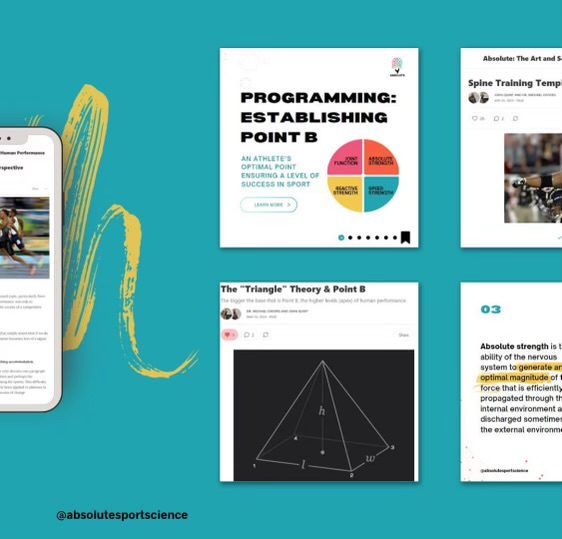
Absolute Sport Science: Revolutionizing Athletic Training and Recovery Through Advanced Sports Science Methodologies
Absolute Sport Science is a comprehensive approach to sports performance and rehabilitation developed by John Quint and Dr. Chivers virtually. This system integrates advanced techniques in biomechanics, sports medicine, and training science to optimize athletic performance and recovery. It emphasizes personalized assessments and tailored interventions to address individual needs, combining functional movement analysis, strength conditioning, and injury prevention strategies. The goal is to enhance physical capabilities and overall well-being, enabling athletes to achieve peak performance and recover effectively from injuries.
John Quint and Dr. Chivers developed the Absolute Sport Science app to provide athletes and fitness enthusiasts a comprehensive tool for optimizing their training and recovery. The app offers personalized workout plans, detailed exercise instructions, and performance-tracking features. It integrates principles from their sports science methodologies, including movement efficiency, strength, and flexibility assessments. Users can access tailored exercise routines, monitor their progress, and receive insights into improving their athletic performance and preventing injuries. The app aims to make advanced sports science accessible and actionable for users at all levels of science, health science and rehab integration.





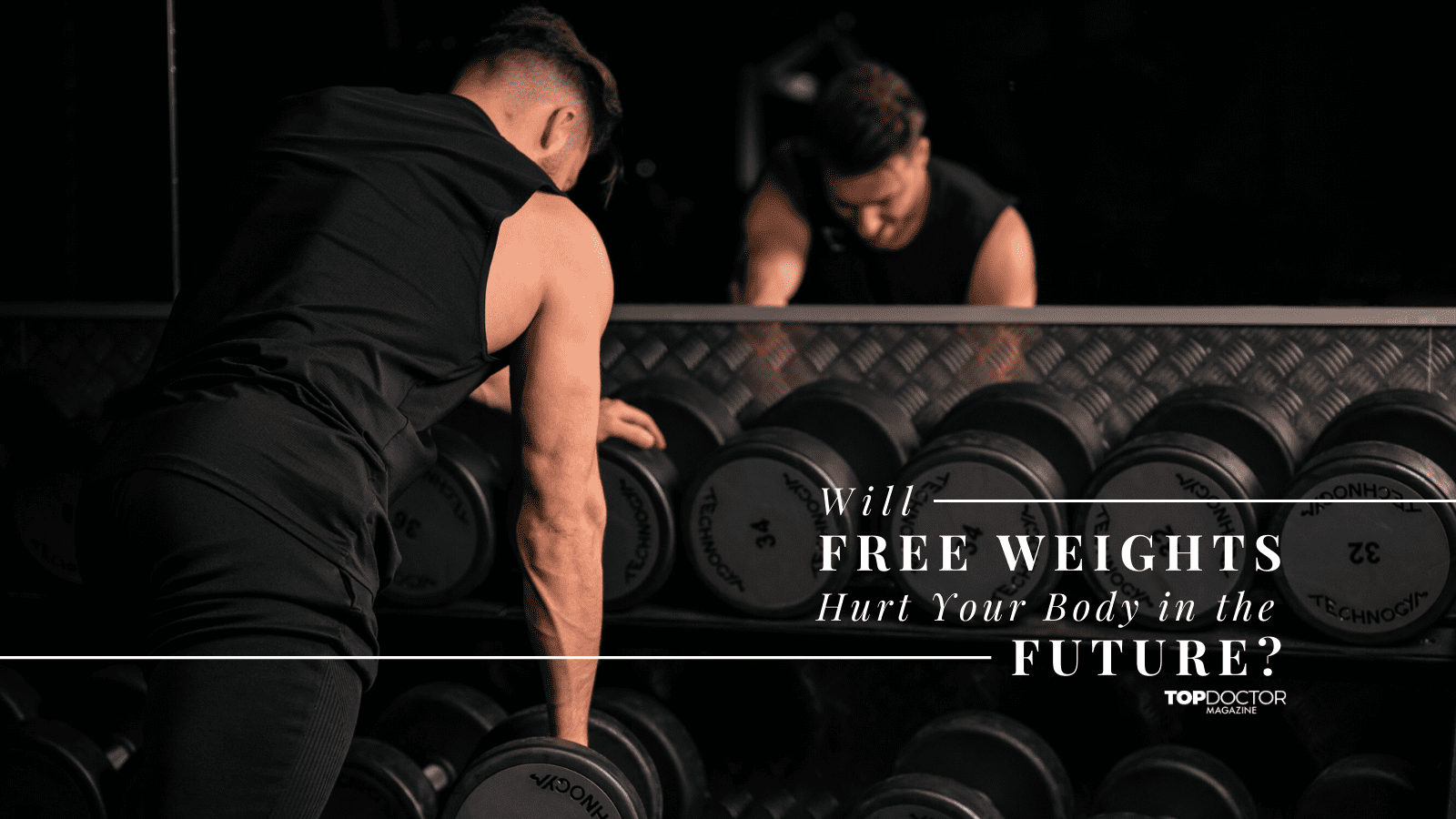
0 Comments